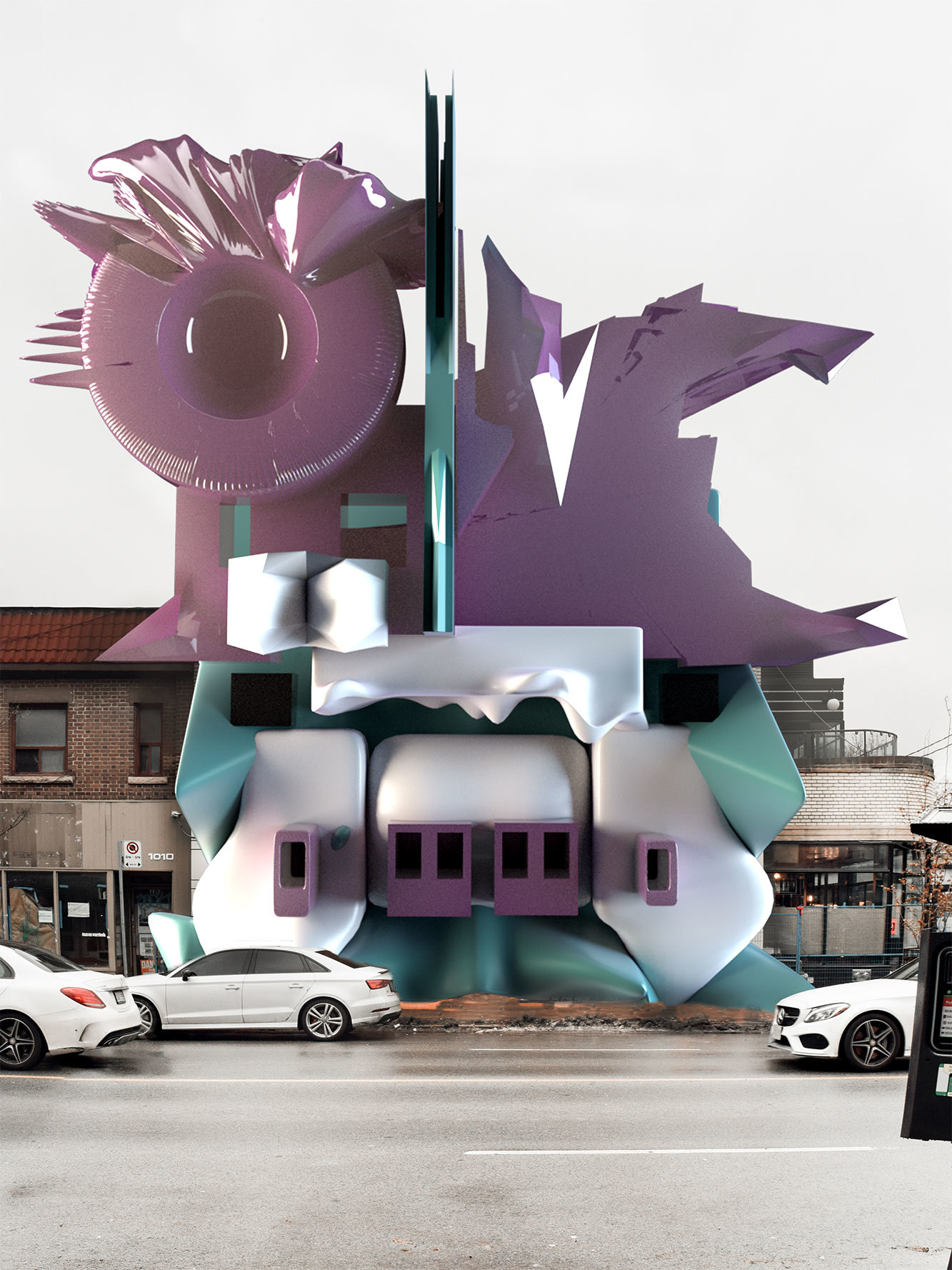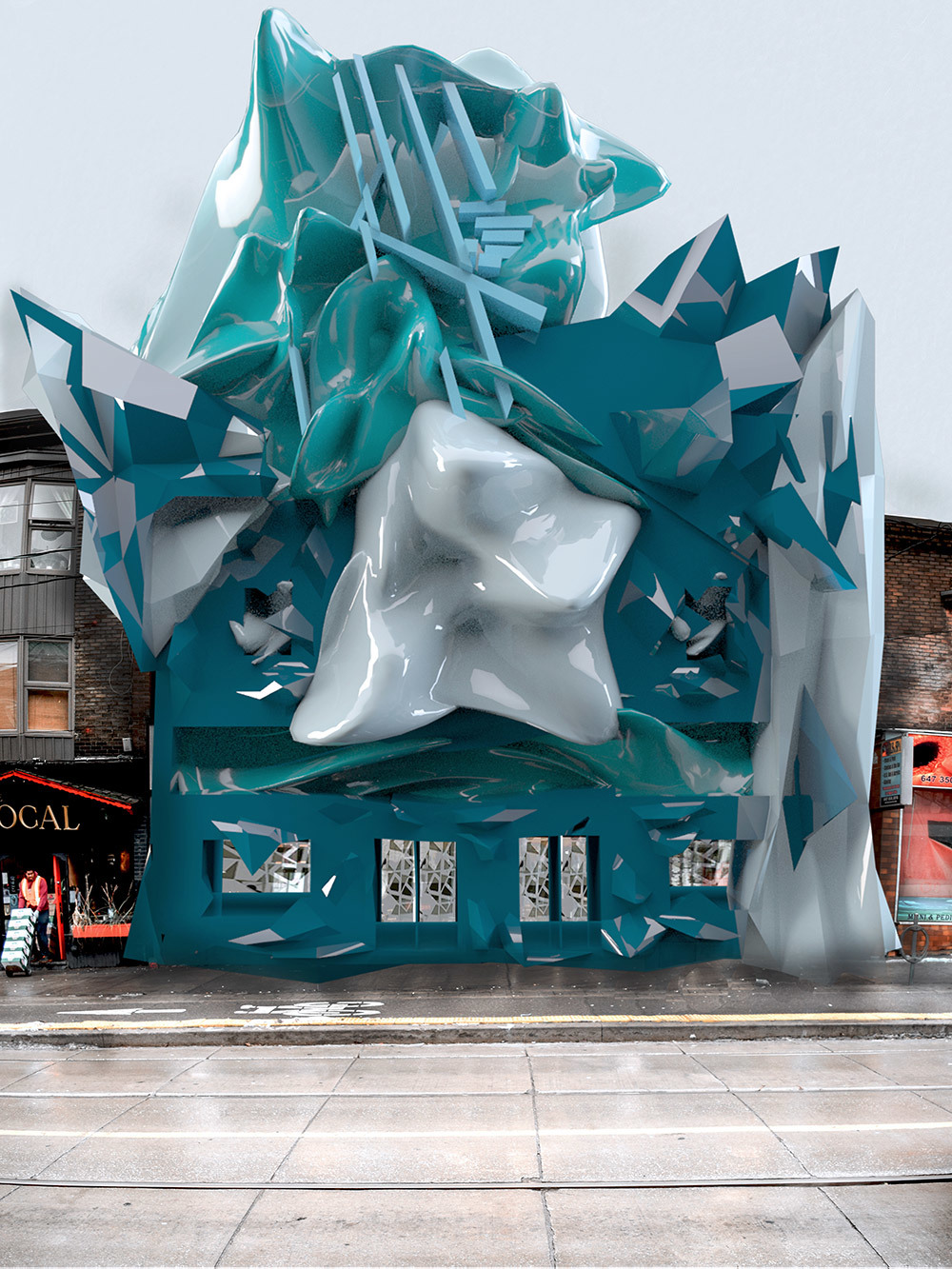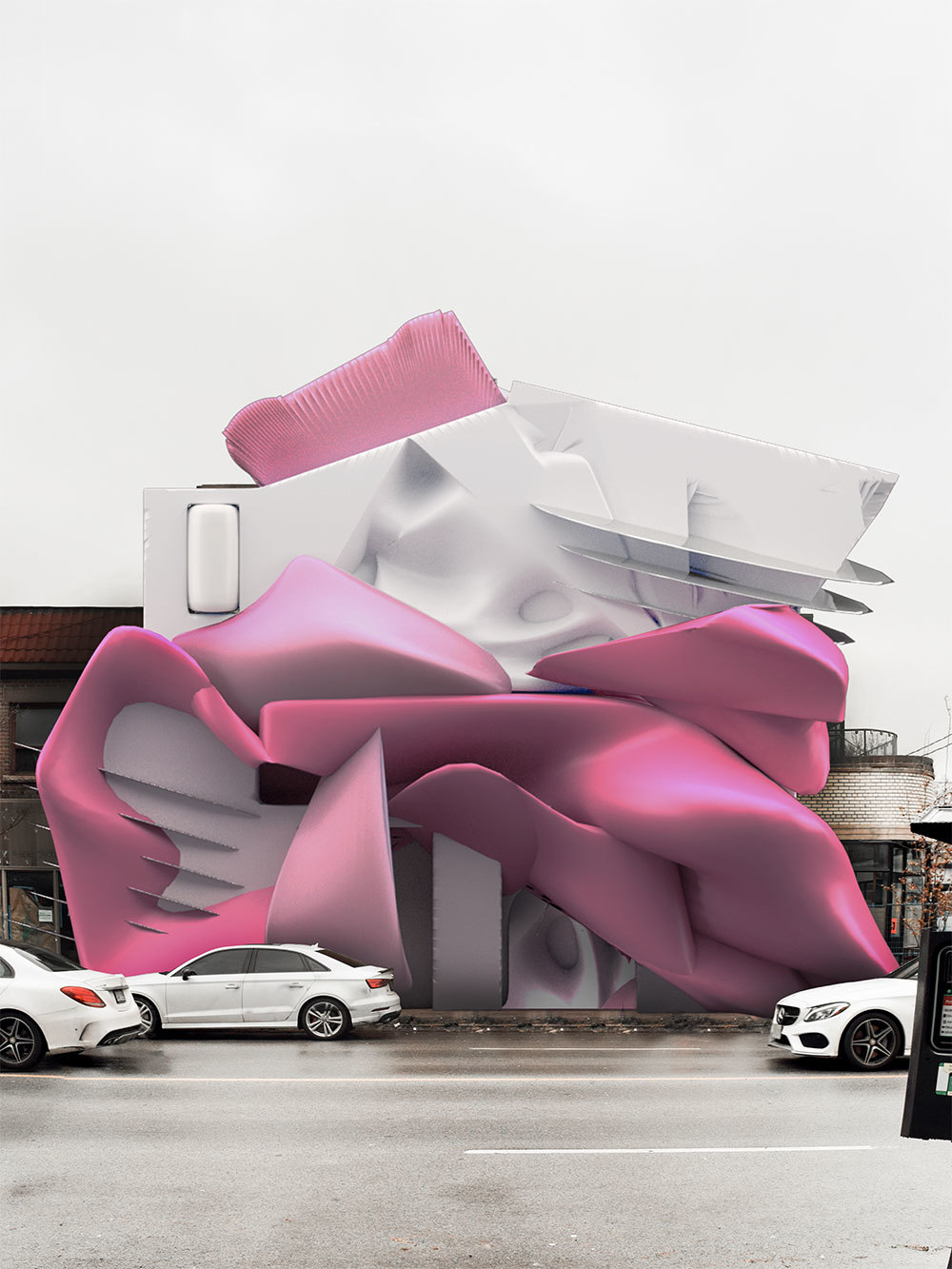SCI-Arc Spreads Innovation with Pop-Arc Workshops in Bangalore and Toronto
In keeping with its mission to spread design awareness through experimental architectural education, this fall SCI-Arc held two of its dynamic and inspiring Pop-Arc workshops in Bangalore, India and Toronto, Canada. Instructed by SCI-Arc faculty and Robot House coordinator Curime Batliner (M.Arch ’11) in Bangalore, and recent graduates Natou Fall (M.Arch ’19) and Alayna Davidson (M.Arch ’19) in Toronto, groups of high school students in each city were provided an engaging introduction to architectural thinking and design methods through week-long workshops.
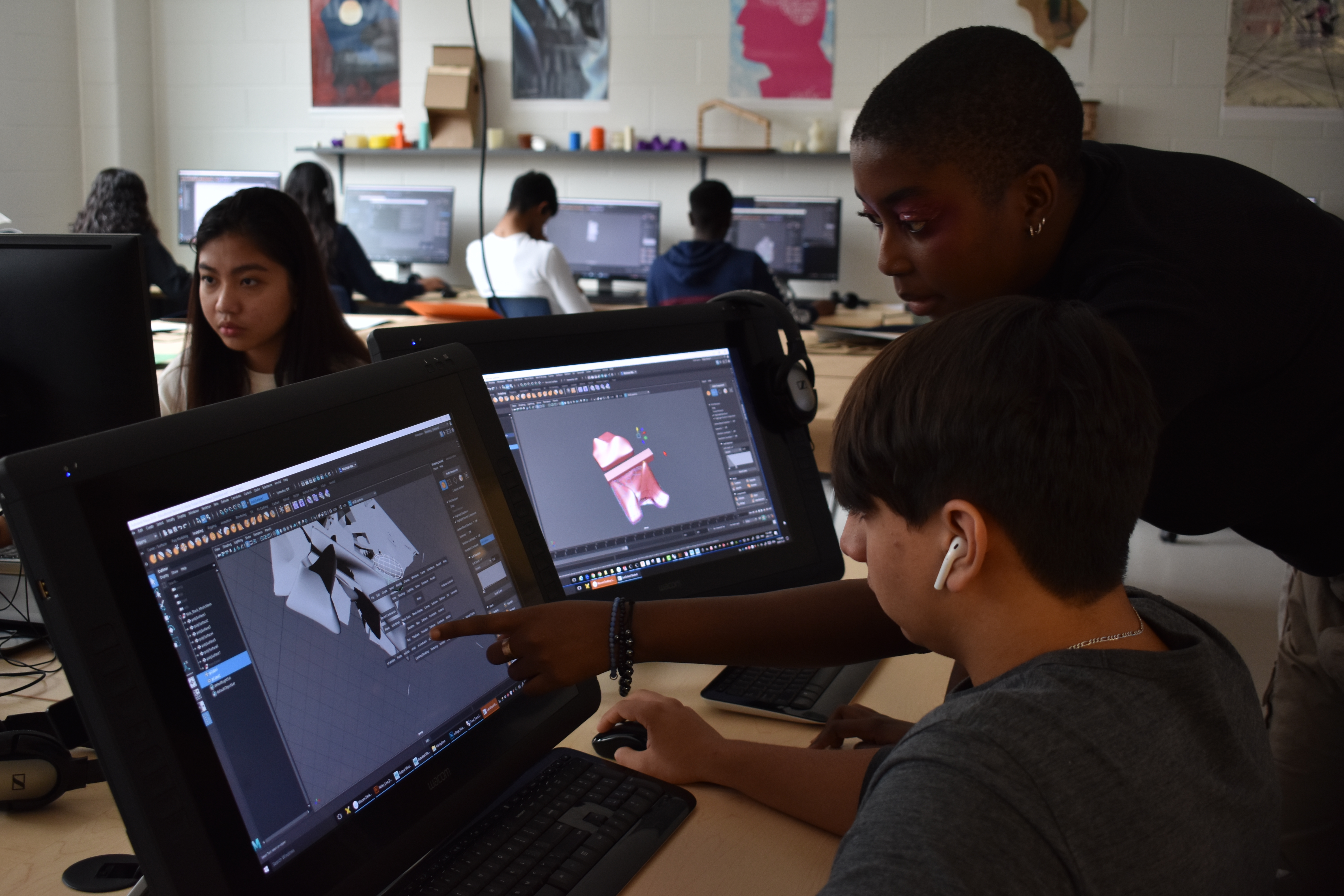
Through Pop-Arc Bangalore, students spent the week at collaborative space Workbench Projects, learning digital workflows and technical skills and tools such as Rhino 6, Grasshopper, laser cutting, and CNC machinery. Led by Batliner, the participants digitally prototyped then physically assembled a sculpture, which was completed and installed at the Bangalore by Design festival.
“The intent of Pop-Arc India was to give students a taste to ideas and techniques that students at SCI-Arc are immersed in on a daily basis,” says Batliner. “The Workbench Projects team and all students were highly motivated, and fueled by an admirable motivation to overcome unexpected technical problems and move forward even more committed. I hope the workshop inspired them to pursue their dreams in architecture and design, as well set the stage for more future collaborations.”
Of his experience during Pop-Arc Banglore, student Vikram Sujive says, “Initially I was expecting something boring because I used to associate architecture to just buildings and their layout which were usually rectangles joined together, but now I really understand the "art" behind architecture and the diversity it possesses.”
Pop-Arc Canada, which took place at Jean Augustine Secondary School in Toronto, entailed workshops focused on architecture’s relationship to image-making. Led by Fall and Davidson, participants were tasked with redesigning the facade of selected theaters in the city, using a Rhino and Maya software to teach the students architectural principles and digital techniques. Students began with photoshopping the theaters using images of modern architecture from Toronto, and images of pop culture in order to change the form of the original buildings.
Fall says of her time teaching the workshop, “Getting to teach a Pop-Arc was such a great experience. The students were hard-working and dedicated—many of whom have experience in industrial and graphic design. Ultimately it was a lot of fun, we really got to know the class over the course of the week and I’m very excited to see where they all end up,” says Fall. “Hopefully we get a few of them here at SCI-Arc.”
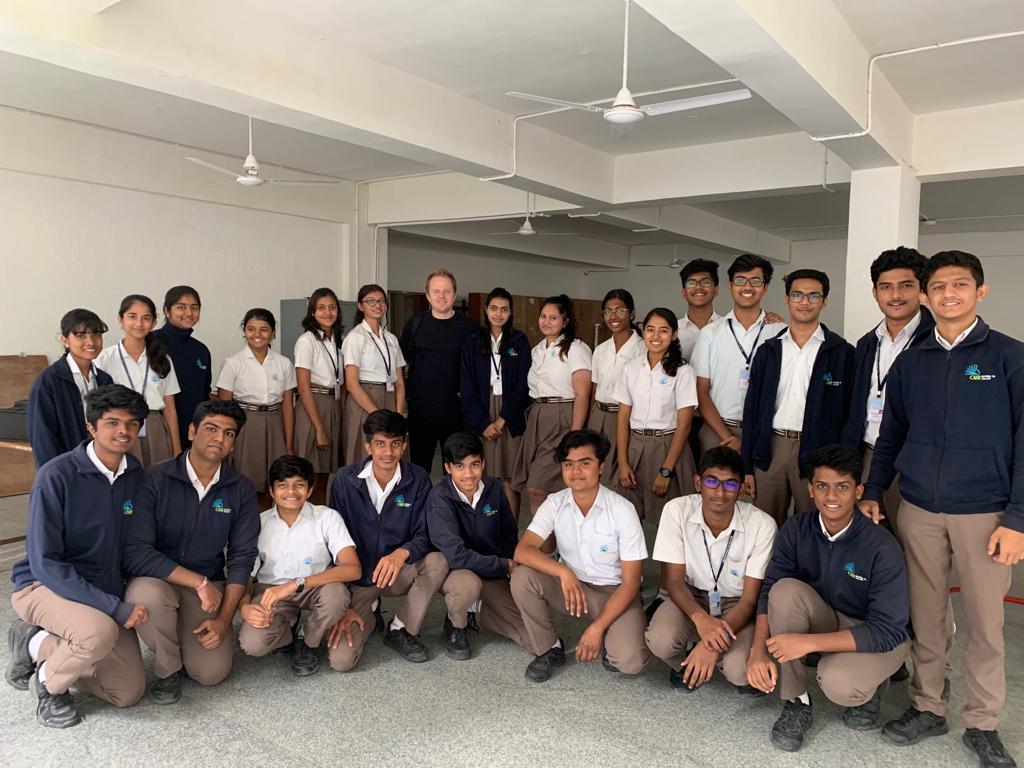
One student who participated in the Toronto Pop-Arc was connected to the element of feedback involved in the workshop, “I loved the environment of the workshop, I also enjoyed the fact that I was given constructive criticism to go back and work on.”
Another student expressed their appreciation for being exposed early to architectural concepts and processes saying, “This experience really changed my outlook on architecture and it meant a lot to experience the architectural process already.”
“Pop-Arcs allow us to reach out into the world and engage young people’s creativity and curiosity, in true SCI-Arc style,” says SCI-Arc Undergraduate Program Chair Tom Wiscombe of the outreach initiatives. “We believe that not only architecture, but art, design, and aesthetics, in general, are crucial to making the world we want to live in. We are excited to be bringing our special approach to cities like Toronto, Bangalore, and Istanbul in addition to the many Pop-Arc workshops we host here in Los Angeles.”
“Expanding the outreach program both on a local and international level has been very exciting,” adds SCI-Arc Outreach Coordinator Betty Kassis. “We are able to engage a larger community with Pop-Arc workshops introducing young and ambitious students to design and technology.”
